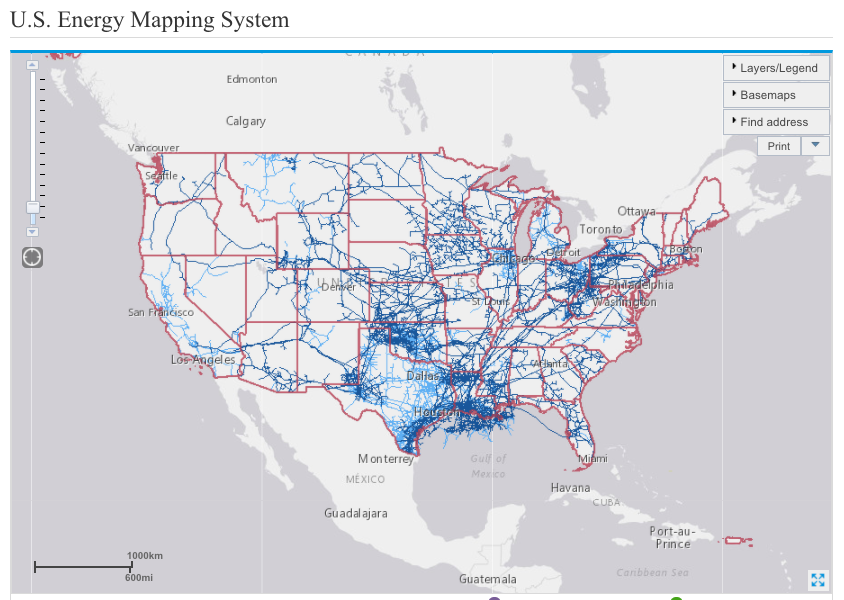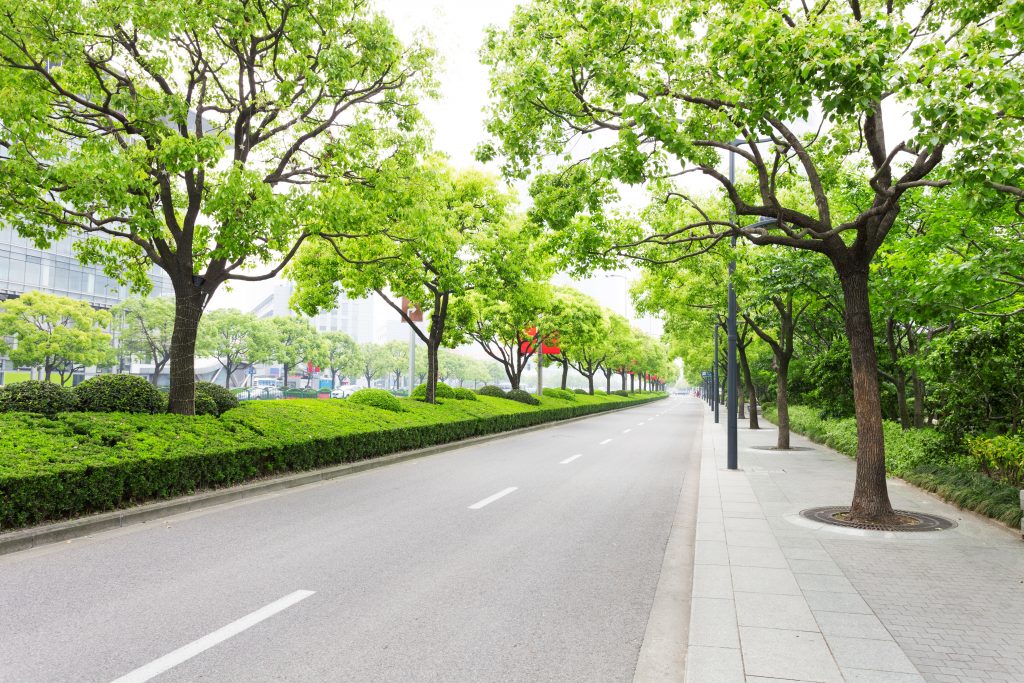It’s getting closer and closer to the height of summer in the US, with flowers blooming in gardens and trees flaunting leaves in every shade of green. But some trees dotting the sidewalks of Chelsea, Massachusetts (and across the US) have turned grey instead. A report released in Environmental Pollution this past April might finally provide the evidence for an issue only anecdotally discussed up until this point.
The goal for this collection of researchers and five authors was to investigate whether leaky natural gas pipelines running natural gas underneath our cities were truly responsible for the death of urban trees. Natural gas, the fossil fuel, generally refers to the form most commonly found on earth, methane. It is used to create energy and 69 percent of the US’ use of natural gas is for industrial use and electric power while 16 percent is used in residences and the remaining is for transportation or commercial use. Natural gas can power cars, refrigerators, generators, stoves and all sorts of industrial or household items. After an elaborate process that prepares natural gas for use, it is most commonly transported from company to consumer through pipelines that run underneath our cities and towns, as demonstrated by the map below. While it is generally considered “the cleanest fossil fuel” because it produces significantly less carbon dioxide than coal, oil, and wood, when it leaks, as it tends to do as the pipelines age, it is worrisome because methane is a “highly potent greenhouse gas, with more than 80 times the climate warning impact of carbon dioxide over the first 20 years after it is released”. And a 2018 study estimates that 13 million metric tons of methane are being leaked from natural gas pipelines annually. It also happens that these methane leaks making their way through the soil underneath cities have a profound impact on urban vegetation.

Trees lining sidewalks and streets (as well as the ones in parks, although this study did not focus on them) are known for their numerous benefits to health and atmosphere. Not only has urban vegetation been linked to improved mental health, physical exercise, and increased social interactions within communities, but it also contributes significantly to cleaner air and cooler temperatures through the mitigation of ‘urban heat island effects’.
As the report explained in its abstract, their hypothesis was already based on “the widespread belief that soil methane exposure can negatively impact urban tree health”. The introduction of methane into the soil has an effect of “asphyxia from natural gas” which decreases the amount of oxygen in soil. The effects of having anaerobic soil, especially in urban settings, means that trees are less resistant to fungi and disease and less likely to form healthy root systems.

This research effort to quantify exactly how methane can impact urban tree death was focused on Chelsea, Massachusetts for a number of reasons. The city has one of the oldest pipeline systems in the country as well as one of the most diverse and densest populations in the nation. According to the study, 24 percent of the residents live below the federal poverty line, and as a city, they are very involved in environmental justice. Chelsea also has the status of being a Tree City USA and has large amounts of data pertaining to urban vegetation. Through the examination of 181 trees in the area, the results were conclusive:
“We found that exposure to elevated soil methane concentrations was associated with significant increased odds of tree death, supporting the hypothesis that fugitive emissions from natural gas distribution infrastructure negatively impact urban vegetation health.”
Claire Schollaert, et al. Section 5, pg. 6
Chelsea isn’t the only city threatened by older pipeline systems. The Environmental Defense Fund also includes large cities in Vermont, Alabama, Florida, Massachusetts, Texas, Indiana, Illinois, California, Arizona, New York, New Jersey and Pennsylvania as risky zones subject to pipeline leaks.
To learn more about this specific Massachusetts study and about methane leaks across the country, check out this story by InsideClimate News. To learn about natural gas in your state or city, check out the EIA’s State Profiles and Energy Estimates, where you can also find data on other forms of energy (renewable and nonrenewable) in your region.
 Food
Food Farmers
Farmers Sustainable Living
Sustainable Living Living Planet
Living Planet News
News